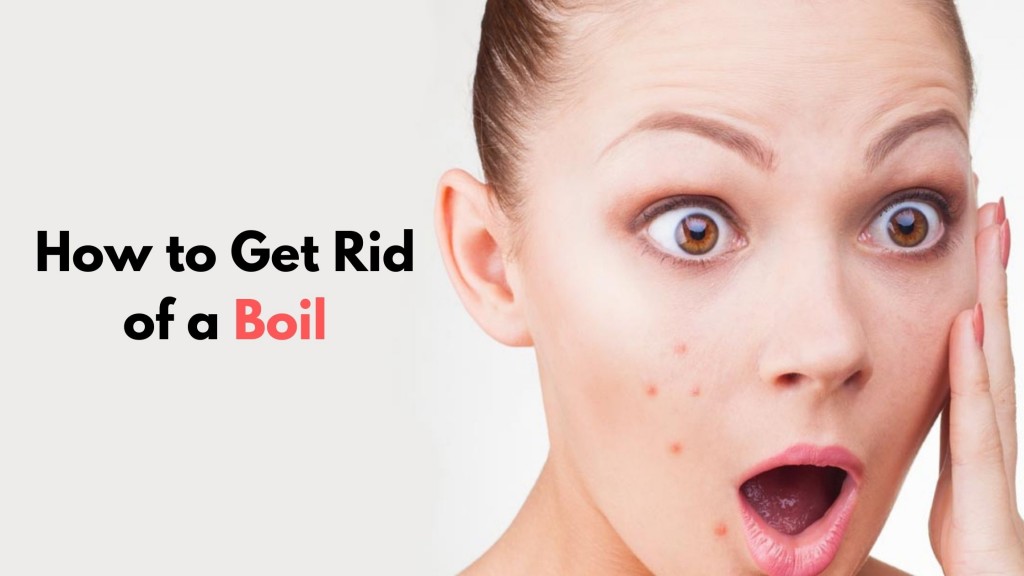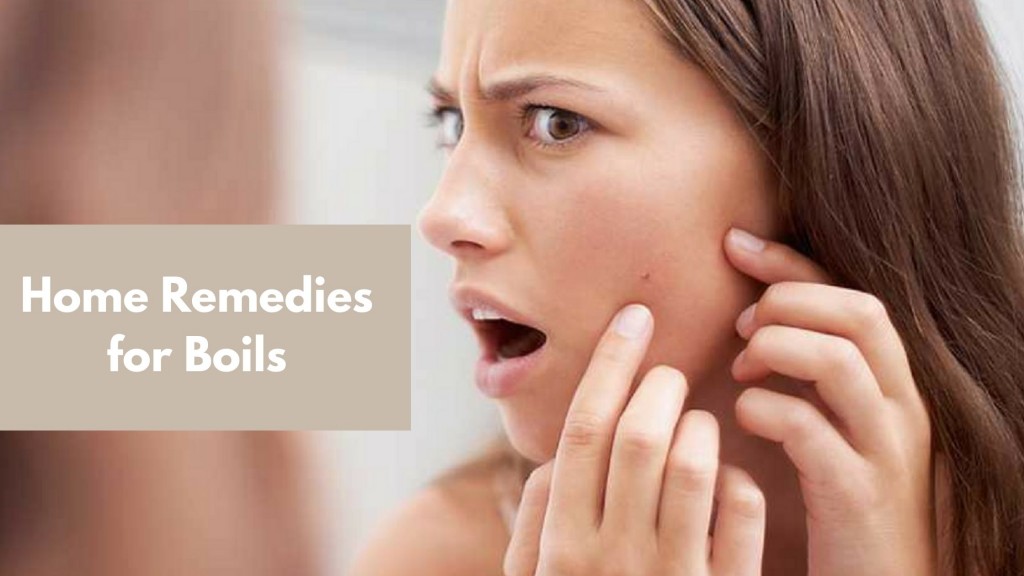

Boils or furuncles are skin infections and occur due to the clogging of the oil glands, hair follicles, or skin pores. The area surrounding the boils is usually reddish when they appear on the skin. Gradually as the day passes, pus forms under the patch and can be painful.
Often the boils can be treated at home and do not need medical attention unless it grows big and starts paining immensely.
Large boils are medically known as skin abscesses. They usually occur on the back, chest, face, or buttocks. Other areas they can occur are the underarms or groin. Most of the skin abscesses will go away without treatment or with the usage of available Over-the-Counter drugs. They rarely become challenging to treat and may require consultation with a dermatologist, who will drain the boil and advise proper medications by studying the underlying cause.
Carbuncles are another type of boils. Carbuncles usually occur in a group and are more frequent in middle-aged men. They are a result of more widespread infection compared to boils and are severe as well. It is safe to consult a medical practitioner in such cases as improper handling can lead to disastrous results.
Another type of boils is the one that occurs on the eyelids and is called Sty(Stye). An infection in the sebaceous glands of the eyelids causes Sty. Since eyes are delicate organs, it is better to consult an Ophthalmologist instead of treating them at home.
Boils commonly occur in areas that come in frequent contact with the clothes. The constant rubbing often irritates the skin and can cause minor cuts or bruises. Germs or bacteria entering through these cuts are the primary reason why boils occur.
The leading causes of boils are
The first symptoms of boils are the appearance of reddish spots on the surface of the skin. After a few days, the spots not only turn painful, but pus starts accumulating beneath the skin.
The symptoms of severe infection are:
Though boils appear similar to acne, they are much more severe and painful. The treatment also varies for both skin conditions.
Also Read Leukoderma Causes, Symptoms and Treatment
Often when they appear, the main question will be how to get rid of a boil since they look ugly and are painful.
Sometimes the boils need not be treated; they disappear on their own. Only when it grows painful and does not go away after a week of appearing will it have to be treated by medical practitioners.
We have a few home remedies to treat boils when they are at the initial stages. They are

Do’s and Don’ts for boil treatment at home.
The home remedies for boils help in avoiding complications are later stages. However, one has to follow specific protocols for proper healing of the boils.
Boils usually can be tended at home and do not require a medical practitioner’s attention. However, when one develops high fever and chills or more boils making the condition severe, consult a physician or a dermatologist to help treat the boil. Another scenario to consult a medical practitioner is when boils appear on the face. They will drain the pus carefully and prescribe antibiotics to heal the wound. In case the boils are really large, the pus sample may be sent to the lab to determine the type of infection, and antibiotics will be prescribed based on the results.
Despite taking all the precautions, one cannot avoid developing boils. Once they appear, one cannot get rid of a boil immediately or overnight since it is an infection. Treating it right is the only way to cure the boils, but one has to make efforts to stay healthy and follow personal hygiene to avoid complications.
Also, Read how to get rid of lipomas
Disclaimer: The information included here is only for knowledge sharing purposes, and the blog is not intended to be a substitute for diagnosis, medical advice or treatment by a healthcare professional. Because of individual needs appropriate advice, the reader should consult their doctor to determine the appropriate disease depending on their situation.


 Emergency Number
Emergency Number